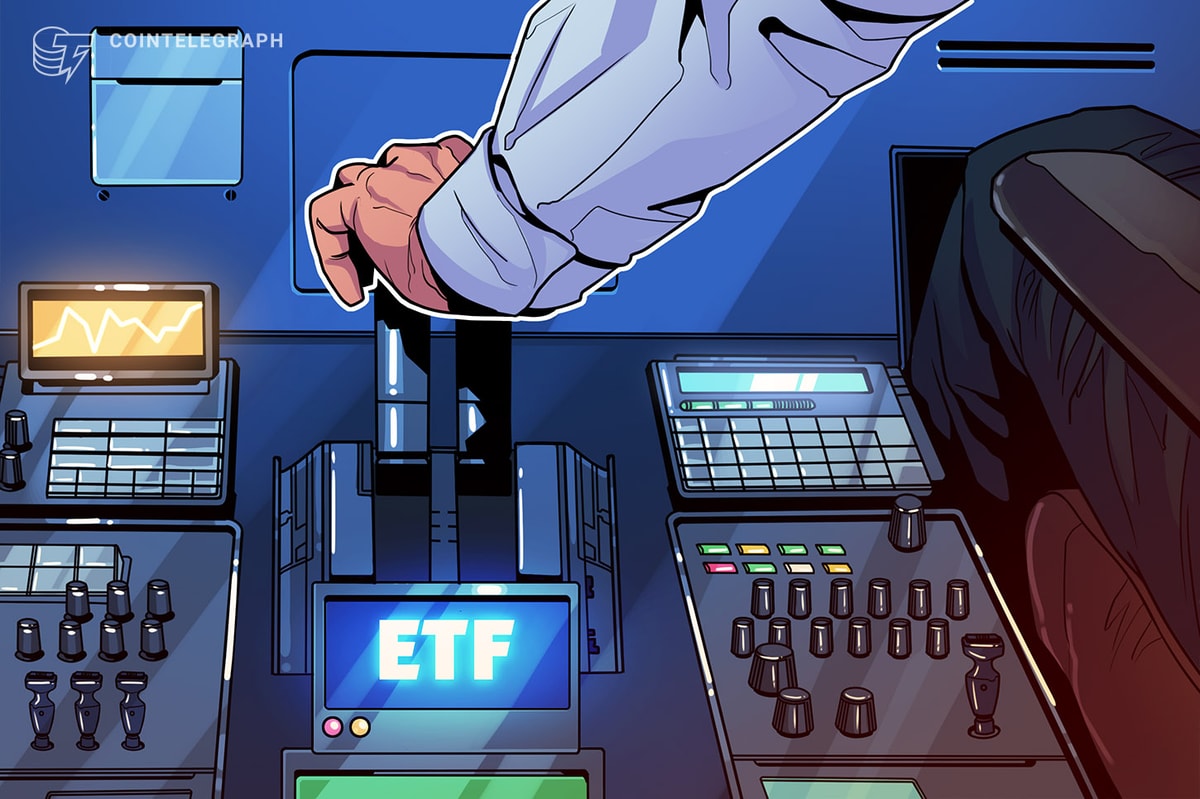
Working with bitcoin is easy enough, given the wide array of bitcoin wallets and other payment processing tools available today.
However, determining whether incoming bitcoin are tainted by or connected to illicit activity is increasingly challenging. It’s also increasingly important for businesses or banks that want to deal in cryptocurrency while remaining compliant with anti-money laundering/combating-the-financing-of-terrorism (AML/CFT) regulations.
Here’s a look at why assessing the potential association between bitcoin transactions and illicit activity is challenging, and what is being done to solve the problem.
Ever-Evolving Crypto-Laundering Strategy
Detecting illicit activity related to incoming bitcoin would be easy if criminals always followed the same playbook — if they always used the same type of payment channel, for instance, or the same websites.
But they don’t. Criminals’ strategies for hiding illegal activity, or “laundering” bitcoin in order to make it difficult to detect illicit origins, are constantly evolving along with the crypto ecosystem itself. To cite one example, a 2018 indictment by the U.S. Department of Justice reported that Payza, a cryptocurrency exchange, had been used by criminals for six years to launder bitcoin by depositing illegally obtained funds into the exchange, then withdrawing an equal amount of “clean” currency into a different exchange. In this case, attackers took advantage of the fact that Payza operated as a noncompliant exchange, making it easy for criminals to use it as a vector for obfuscating the origins of cryptocurrency.
Similarly, peer-to-peer crypto exchanges like LocalBitcoins, which have proven popular with bitcoin users who seek an alternative to centralized exchanges, also present criminals with an opportunity for laundering bitcoin. Under this typology, as Europol has observed, criminals can use bitcoin networks to launder illegally obtained fiat currency by selling the fiat for bitcoin in one location, then exchanging the bitcoin for fiat somewhere else, as payment for illicit services.
These represent just a couple examples of bitcoin money-laundering strategies. An exhaustive list of money-laundering typologies in the crypto world would be impossible to produce, since criminals are always developing new strategies for circumventing efforts at detection. For a more detailed overview, check out Elliptic's infographic of the six money-laundering typologies that compliance teams need to know.
In many bitcoin money-laundering schemes — such as the one described above wherein criminals move funds between a noncompliant exchange and a legitimate one — parties with no intention of associating themselves with criminal activity can easily be caught up in money-laundering operations.
Anti-Money Laundering Solutions
What can organizations do to protect themselves from the risk of crypto money laundering?
In a perfect world, they’d be able to hire teams of compliance experts to monitor transactions and detect signs of illicit transactions. In the real world, of course, hiring an in-house compliance team is very expensive and few businesses, especially in the fast-growing crypto world, can afford one. What’s more, compliance requirements involving money laundering and cryptocurrency are constantly changing, such that even a team of dedicated experts provides no guarantee of remaining in compliance.
Elliptic, which promises companies in the crypto space the ability to “find truth in your data,” offers an alternative approach. Rather than requiring organizations to rely on an in-house compliance expert, Elliptic provides an automated platform that evaluates risk on several trillion dollars worth of crypto transactions and uncovers activity relating to money laundering, terrorist fundraising, fraud and other financial crime. Elliptic maintains its own team of regulatory and data experts and constantly updates its risk-detection functionality to stay ahead of regulatory changes and new criminal strategies.
Elliptic relies on an array of data points to detect risk. At the most basic level, the platform flags transactions that are directly associated with known illicit actors. But Elliptic can detect more subtle forms of criminality, too, such as association with high-risk regions. Elliptic also maintains a proprietary dataset of risk information to help match transactions with the signatures of illicit activity. And it enables continuous rescreening of transactions to identify new risks as they arise.
With Elliptic, organizations gain assurance that the bitcoin or other cryptocurrency they accept have originated from truly legitimate sources. In the complex, continuously changing crypto industry, that’s no mean feat.
To learn more, visit Elliptic.co.










